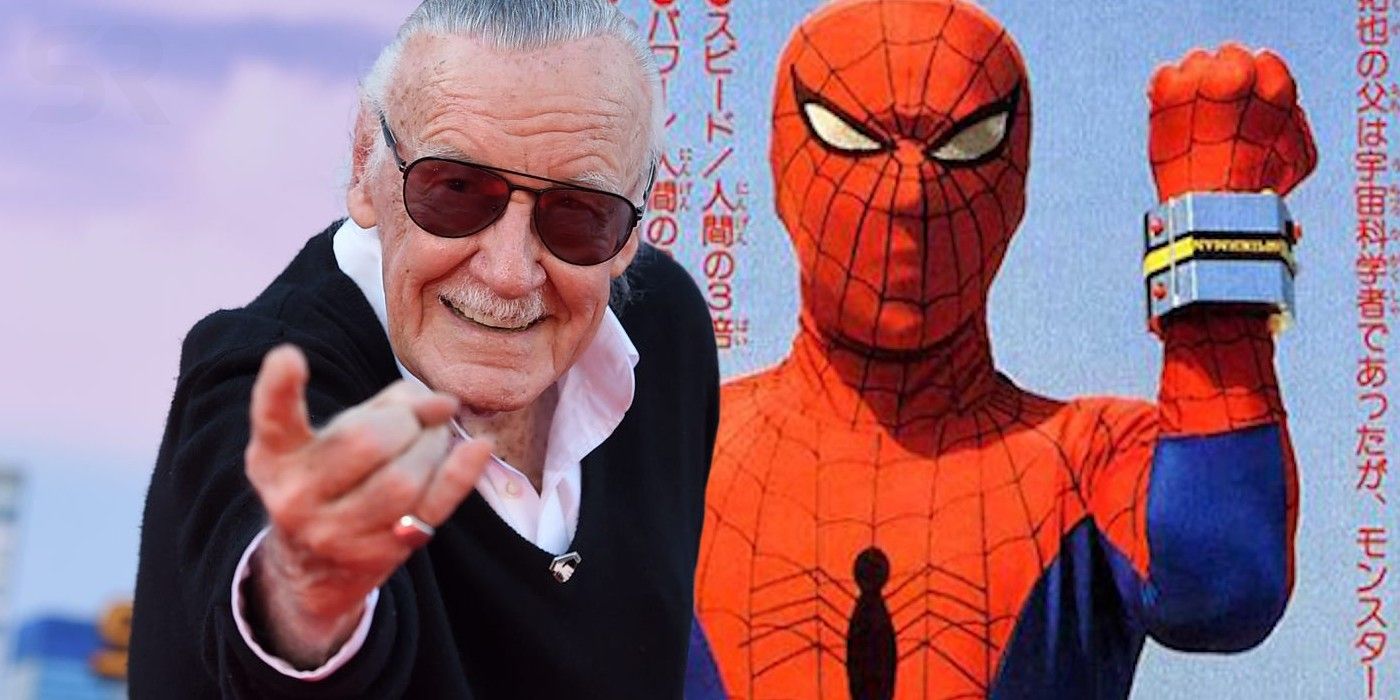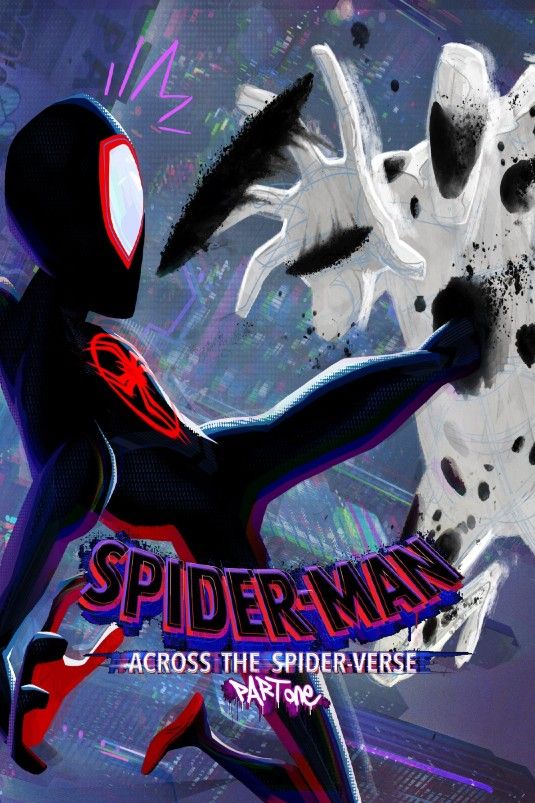Marvel's new Disney+ documentary series Marvel's 616 reveals how Stan Lee helped save the Japanese Spider-Man TV show. Marvel's 616 is one of the first original pieces of Marvel content to come to Disney's streaming after delays to The Falcon and The Winter Soldier and WandaVision. The new eight-episode anthology series explores how Marvel Comics and its characters impact history and society.
For the first episode, the 1978 Japanese Spider-Man TV show takes center stage, years before Spider-Man would become an MCU fan-favourite. The creation of the series came from Gene Pelc, who got the blessing of Marvel to discuss licensing its characters to Japanese companies to gain a larger fan base in The Land of the Rising Sun. Pelc saw how popular manga was and partnered with Toei Company to make a Spider-Man series that was filled with action and used a similar style as the most popular kid-oriented shows. This included making some major changes to how Spider-Man was portrayed in Marvel Comics. The main character's name was Takuya Yamashiro, who gets his powers from an alien and had accessories like a special GP-7 car and a giant robot named Leopardon.
The development, filming process, and legacy of Japanese Spider-Man is fully explored in Marvel's 616 and part of the episode retold the day that Gene Pelc had to show the pilot to Marvel executives. Pelc recalls that the initial reactions to Japanese Spider-Man were not favorable. The executives didn't have anything to say at first but then suggested that Pelc had been in Japan too long since no one would want this. They didn't understand why changes had been made to the source material and ridiculed the tone for being so different frommorbius conventional cartoons. Pelc said that he was worried this meant Japanese Spider-Man would be canceled, and he'd lose his job. However, while most of the Marvel executives who traveled to Japan to see the show trashed the pilot, Pelc remembers Stan Lee eventually standing up and applauding what he had created.
It should go without saying, but the support of Stan Lee went a long way for Japanese Spider-Man. Instead of every Marvel exec wanting to discard the show and keep it hidden, Stan Lee's response helped quiet the concerns that others had. Pelc said in Marvel's 616 that Lee praised Japanese Spider-Man for being a real life comic book. Lee believed that adult audiences would love the series because of the camp while kids would flock to it for the action. He understood that the Japanese audience was different from what Marvel was used to (which is why the comics never sold that well there before) and that these changes would help Japanese Spider-Man succeed. With Lee's support, Marvel signed off on Gene Pelc's vision.
Although Toei Company eventually pulled the plug on Japanese Spider-Man after just one season, Lee's support for the show is quite special. Stan Lee was the face of Marvel and had all the power in the world to make sure that any versions of Spider-Man were accurate reflections of the character he created. Japanese Spider-Man might have changed the character's real name, origin, and much more, but Lee didn't care about the deviations, because it still captured the heart of Spider-Man. The show maintained his everyman quality but updated Spider-Man for the audience at hand.
If it wasn't for the support of Stan Lee mentioned in Marvel's 616, there is a strong chance that Japanese Spider-Man would have been even more short-lived than it already was. Instead, his approval helped create a unique take on Spider-Man who has become a bit of a favorite for die-hard fans. Japanese Spider-Man might not make it to live-action again, but he has been featured in comics since then and might even appear in the Spider-Man: Into the Spider-Verse sequel.











